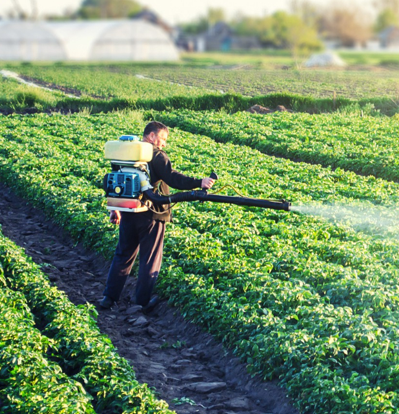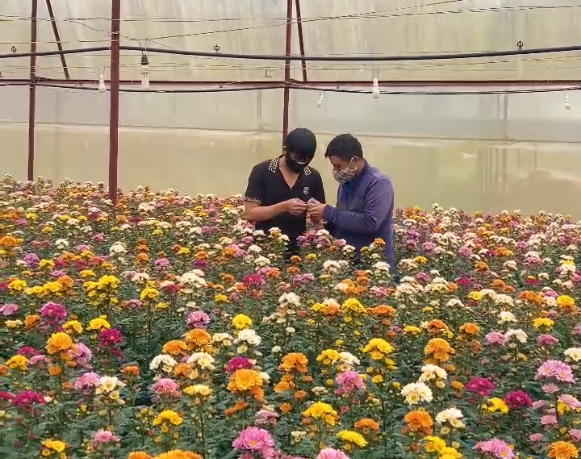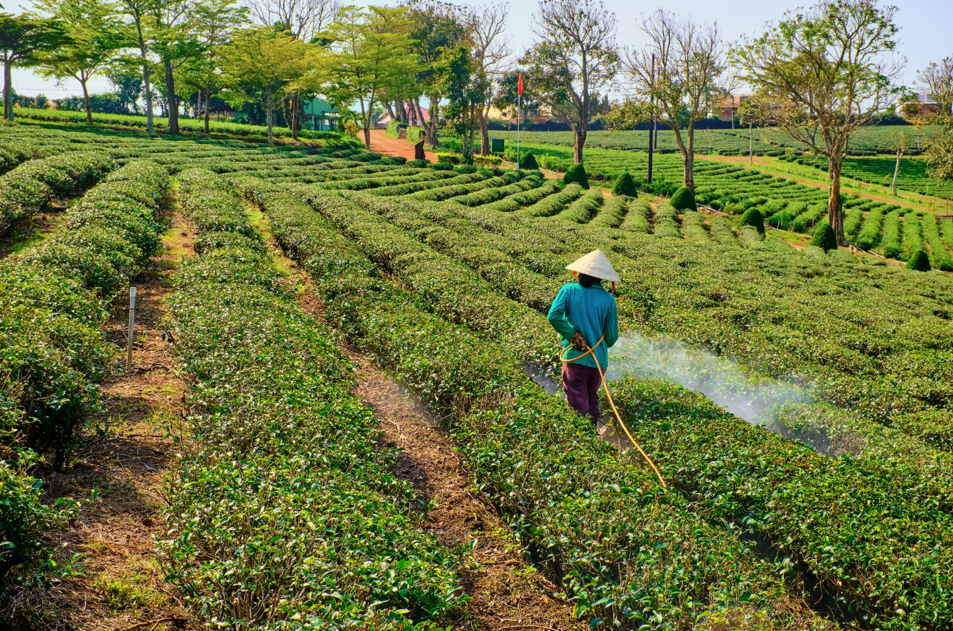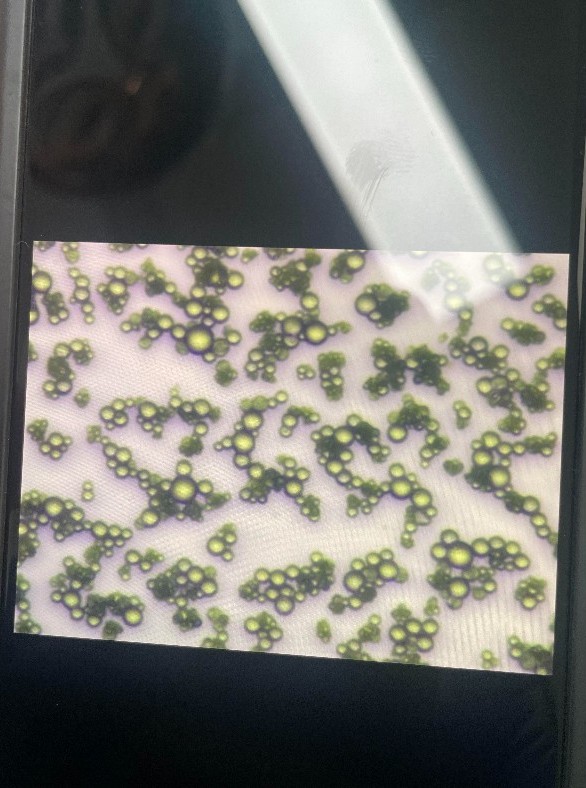
Effective Steps to Treat Diseased Plants
Effective Steps to Treat Diseased Plants
1. Introduction
Pests and diseases are major factors affecting plant growth and yield. If not treated promptly, they can spread rapidly, causing severe damage. Implementing timely preventive and treatment measures helps protect crops, enhance productivity, and ensure healthy plant growth. Below are effective steps to treat diseased plants and maintain a thriving garden.
2. Steps to Treat Diseased Plants

2.1. Inspect and Identify the Type of Disease
Before applying treatment, it is crucial to accurately identify the cause of the disease.
- Observe leaves, stems, and roots: Look for signs like yellowing, wilting, brown spots, stem cracks, or root rot.
- Use a magnifying glass: Some pests like aphids, thrips, and spider mites are too small to see clearly.
- Determine the cause: Identify whether the issue is due to insects, fungi, bacteria, or viruses for appropriate treatment.
2.2. Isolate the Infected Plant
To prevent the spread of disease, infected plants should be isolated:
- For severely infected plants: Remove and dispose of them properly.
- For mildly infected plants: Prune infected parts and disinfect tools to prevent cross-contamination.
- Protect healthy plants: Provide extra nutrients and care to boost resistance.
2.3. Apply Treatment Methods

Biological Methods
- Use natural predators: Release ladybugs to control aphids or parasitic wasps to manage caterpillars.
- Apply organic sprays: Use garlic, chili, neem oil, or ginger extracts to repel pests.
- Grow pest-repellent plants: Plants like lemongrass and mint can deter harmful insects.
Chemical Methods

- Use pesticides only when necessary: Follow proper dosage and safety guidelines.
- Prefer biological pesticides: Reduce environmental impact and human health risks.
- Spray at optimal times: Early morning or late afternoon application ensures better absorption.
Agricultural Practices
- Rotate crops: Prevents pest buildup and soil depletion.
- Improve drainage systems: Reduces fungal infections caused by waterlogging.
- Provide balanced fertilizers: Enhances plant immunity against diseases.
2.4. Monitor and Prevent
- Regular crop inspections: Detect early signs of pests and diseases.
- Use insect traps: Helps control pests like thrips and aphids.
- Maintain garden hygiene: Remove weeds and fallen leaves to eliminate pest habitats.
3. Conclusion
Timely and effective treatment of plant diseases helps protect crops, increase productivity, and reduce damage. Implementing suitable methods ensures sustainable and healthy plant growth.
Bình luận
Những bình luận mới nhất



